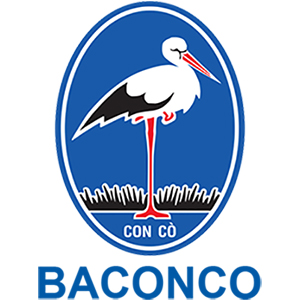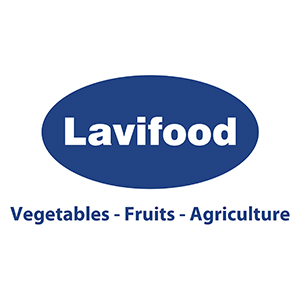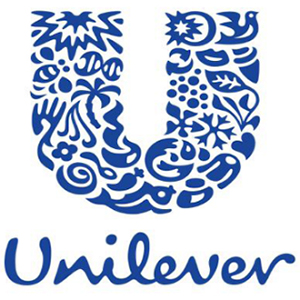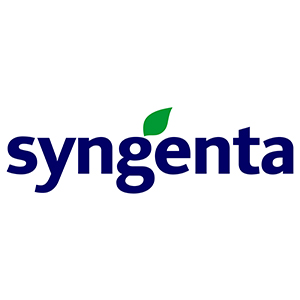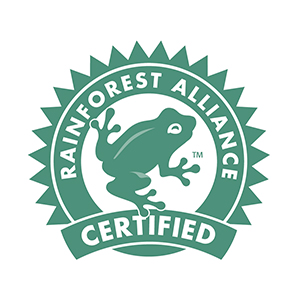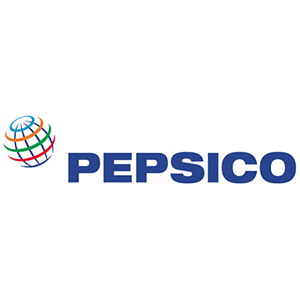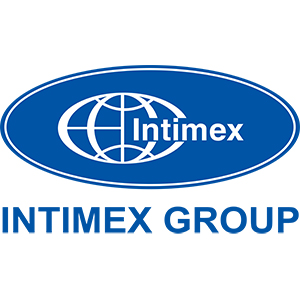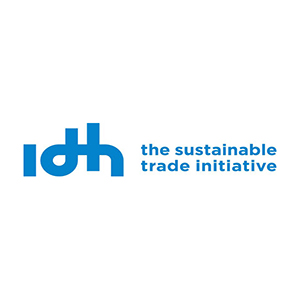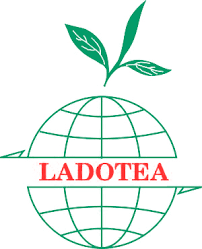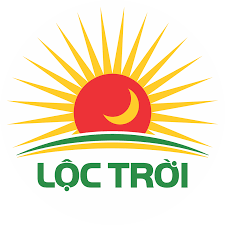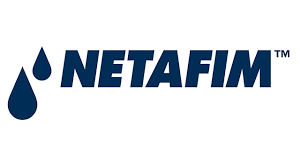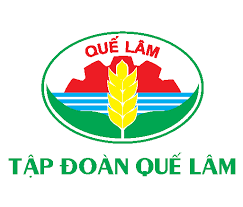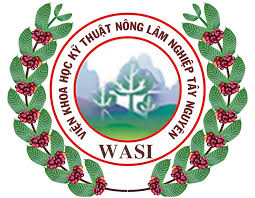- Giới thiệu
- Nhóm Công tác
- Tin tức
- Thông tin về FTA
- Tài Liệu
- Sự kiện
- Liên hệ
Vietnam's shrimp industry is facing new challenges
The shrimp market progressed slowly at the beginning of the year, and Vietnamese businesses in the shrimp industry faced many difficulties, so there was a need for solutions to overcome challenges
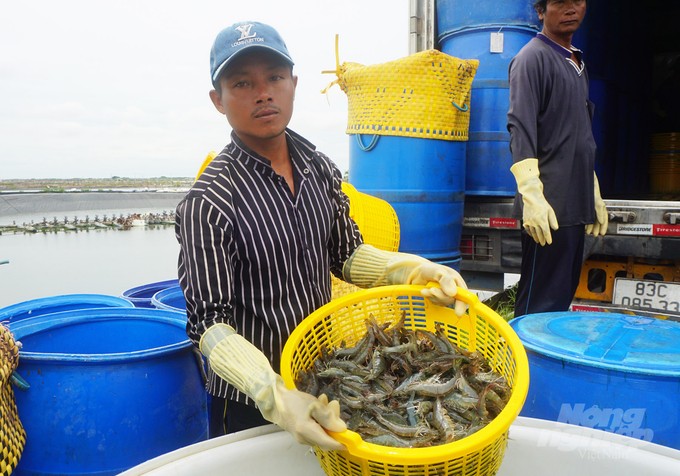
Successes followed by challenges
Raw shrimp harvested in the Mekong Delta during the first month of 2023 has shown signs of a steady decline between 2,000 and 3,000 VND for a kilogram. Furthermore, seafood processing factories have slowed down production for the time being.
On the other hand, brackish water shrimp farming areas in the coastal provinces are preparing for the main farming season of the new year, shrimp farmers' productivity remain largely unaffected. However, these farmers are concerned about the steep and prolonged price reduction that they hesitate to enter an early harvest.
The shrimp industry chain has seen great success in 2022, with the export turnover reaching 4.2 billion USD, an increase of 13% compared to 2021. This figure has contributed to the seafood industry's impressive achievement of reaching nearly 11 billion USD in terms of export turnover for the entire year; making Vietnam the third largest seafood exporter in the world.
However, in an effort to take advantage of the market opportunity after 2021, a year heavily affected by the Covid-19 pandemic, businesses in the shrimp industry believe that efficiency is still limited.
The director of a seafood processing business in Soc Trang analyzed that: The growth rate of shrimp exports in 2022 is realistically only equal to that of 2021, because more than 10% of the increase is artificial due to market fees. As a result, the shrimp industry's growth in 2023 is considered an artificial increase, and businesses often dismiss this development.
An increase is recorded in terms of shrimp consumption in 2022. This is caused by from 2021, businesses focused heavily on exporting at the beginning of the year. The consumption of shrimp increased by 20 to 30% at the beginning of the year, and only 10% at the end of the year.
Consequently, this increase is due to a 10% increase in freight rates and the rest is due to an increase in export volume. The selling price did not increase compared to that in 2021 because the supply was too large and the export price increased due to the added the freight rates.
The shrimp industry has accomplished impressive feats in 2022. Nonetheless, businesses still expect a greater milestone because prefer higher profits to sales growth. New year's financial statements from businesses is needed to further assess this achievement.
Many businesses in the industry are reported to be facing great difficulties at the moment. One of the major obstacles for some businesses that consider the United States as their main market is the fierce competition from Ecuadorian shrimp sources.
If businesses competing in the US market fails to adapt, they are forced to sell at a lower price, and accept a capital loss. Without a clear solution to overcome this challenge in the future, the difficulties will continue to escalate.
Conversely, with regards to the supply and demand of shrimp in 2023, Ecuador announced to increase shrimp production to at least 1.5 million tons, which is equivalent to an increase of 20%.
The total shrimp production only amounts to 5 million tons globally, so Ecuador's aforementioned increase will boost the global shrimp production by approximately 5%, whereas the annual demand for shrimp also only increased 5% globally. In other words, Ecuador can single-handedly meet the increased demand of the world shrimp market in 2023.
In addition to Ecuador, other major shrimp farming countries including India, Indonesia, China, etc. have also made plans to enhance their competitiveness. Subsequently, supply will tend to be higher compared to the demand, resulting in a drop in the consumer price index. Secondly, global inflation is ongoing with no sign of stopping, and purchasing power is consequently limited; prices must then decrease again in order to stimulate demand.
Coping with reality
In face of the numerous difficulties in the consumption market, it is necessary to make efforts to cope and find solutions to increase competitiveness. The first stage of the farming area in the shrimp industry chain also faces new challenges as a result.
Several large-scale shrimp farms and shrimp farmers in the Mekong Delta have voiced their opinions. They are mainly concerned with how to reduce the cost of shrimp farming.
All links in the value chain have announced price increase at the beginning of the year starting from January 5. Breeding, feed prices have increased. Furthermore, there is concern regarding the EHP (Enterocytozoon hepatopenaei) microsporidian disease in farming areas and no clear solution to prevent the disease is established.
Mr. Ho Quoc Luc, Chairman of the Board of Directors of Sao Ta Food Joint Stock Company located in Soc Trang - the company with an industrial shrimp farming area of over 200 hectares, commented that: Input costs have increased and diseases have lowered the success rate, so shrimp production costs will rise, and competitiveness will decline.
Shrimp farmers are looking forward to the authorities to promptly deal with this issue, because otherwise they will suffer heavily. The shrimp industry is currently facing significant risks if we fail to establish effective solutions.
Input businesses need to cooperate with farmers because the USD/VND exchange rate has remained unchanged. EHP pathogens are present in the feed so stakeholders must check for pathogens from the siphon source of broodstock ponds and shrimp seed ponds.
Traditionally, countries in the Southern Hemisphere such as Indonesia and Ecuador begin their shrimp harvest in the first quarter of every year; whereas the shrimp farming season in the Mekong Delta has just begun. On the other hand, all shipments are required to contain traceability information and the issuance of farm codes is still very limited.
Additionally, the shrimp farming area is spacious, but most of them are managed by small-scale shrimp farmers. The process of forming shrimp farming cooperatives is slow. Businesses with farming areas have more advantages, but investment in farming areas is challenging due to the high land price as well as the difficulty in obtaining the desired land area.
These existing challenges facing the shrimp industry are in urgent need of effective solutions.
Tin liên quan
Agriculture and Environment exhibition ready for National celebration2025/08/27
Vietnam to transfer 1 million tons of carbon credit the World Bank2025/08/29
China surpass the U.S. to become Vietnam's largest market for cashew nuts2025/08/25
Enhancing adaptive climate change monitoring in agriculture and the environment2025/08/21
ICD to affirm Vietnam's voice in global agriculture and environment forums2025/08/01



 Điều lệ hoạt động
Điều lệ hoạt động
